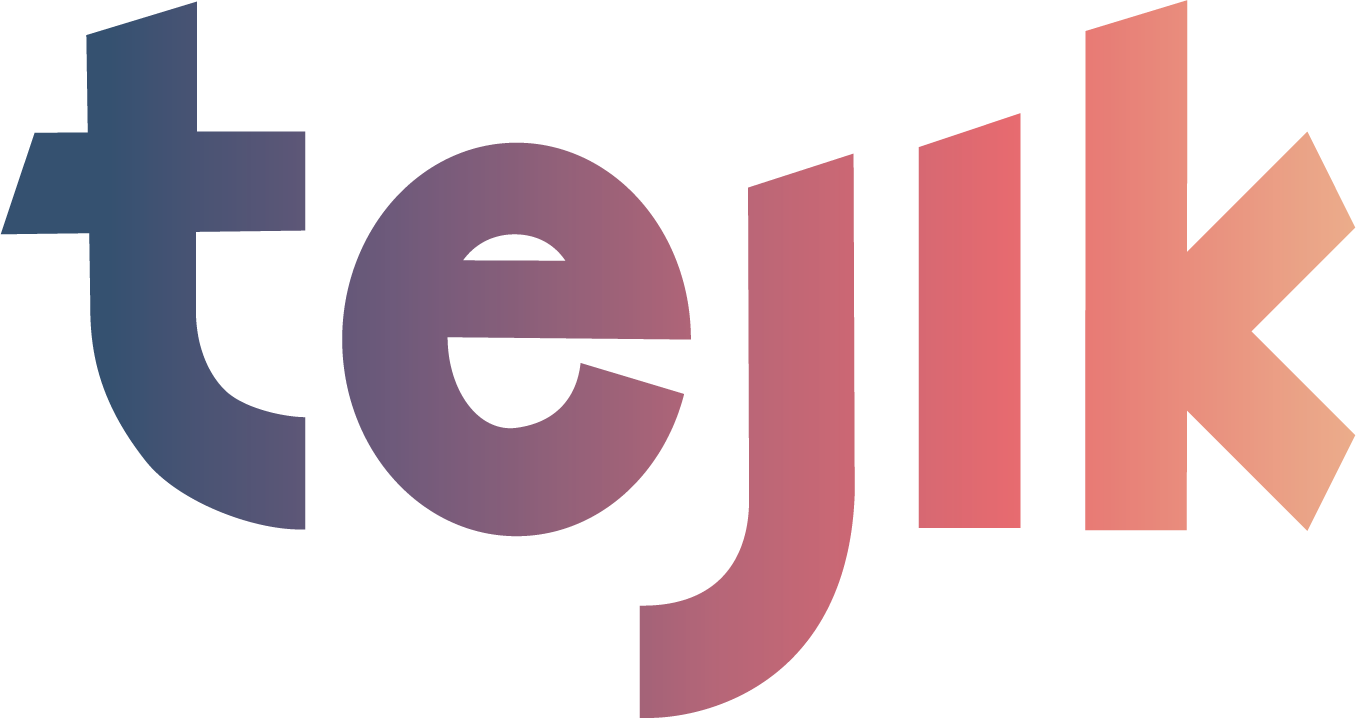Here are a few keywords to help you learn the ins and outs of Tejik!
Account settings – These are controls that let you change how your Tejik account works, like changing your password, email, or notification preferences.
Admin – A user within an organization who has special permission to change settings and add content. Like the owner, they have a lot of control, but they can’t change organization-wide settings.
Call-to-action (CTA) – A message in your content that tells your audience what action you want them to take next, such as “click here”, “sign up now”, or “buy now”.
Campaign – Once you’ve brainstormed an idea, you can move it to a campaign. This is where you arrange and plan your content for different platforms on Tejik.
Campaign statuses – These allow you to personalize the status of your platform, showing where it stands in the process of completion.
Categories (Social) – These are labels or groups you can create yourself to help organize your social media posts on Tejik.
Character limits – The maximum number of letters, numbers, spaces, and punctuation marks that can fit in a piece of content. On Tejik, you can customize the character limits for different platforms.
Content links – These are customizable hyperlinks that aid in the content creation process. Instead of embedding them directly into the content, they serve as quick references to essential external resources, such as a media folder or a Google Doc with your blog post. Utilizing content links ensures you always have swift access to vital materials, streamlining your workflow and maintaining consistency across campaigns.
Due dates – These are the specific dates you set for when each piece of content should be shared on your platform. They help keep you on schedule and consistent.
Engaging content – The main part of a caption for a social media post on Tejik, designed to communicate a transformation or evoke a certain feeling.
Guest – A user within an organization who has limited permissions. They can add content but cannot create new ideas, start campaigns, or change any settings.
Hashtags – Words or phrases with a ‘#’ sign in front of them. They are used on social media platforms to group posts with the same theme or content.
Hashtag groups – Collections of hashtags that relate to the same topic or idea, making it easier to manage and use them in your social media content.
Hooks – These are sentences or phrases in your content that grab your audience’s attention and make them want to keep reading or watching.
Ideas – These are the initial thoughts or concepts for content that you plan and develop into campaigns on Tejik.
Integrations – These are connections between Tejik and other apps or services. They make it easier to do things like share content or sync your schedules.
Keyword research – This is when you look for words or phrases that people often use when searching for things online. It helps you understand what topics people are interested in. Think SEO.
Linked content – A feature in Tejik that lets you connect different ideas and campaigns together.
Member – A user within an organization who can add ideas, campaigns, and content but cannot change any settings.
Meta description – A short summary of a webpage’s content that appears in search engine results. It helps people understand what your page is about.
Organization – This represents your team or company on Tejik. You can have multiple organizations, each with its members, guests, campaigns, and content. However, each organization also has its own separate billing.
Owner – The person who controls the organization on Tejik. They can change settings like billing information, add or remove users, and manage workspaces.
Permalink – This is a web address (URL) that points to a specific web page or post and remains unchanged, even over time.
Planner – This is a page in Tejik that provides a clear view of your content schedule, helping you organize the timing of your content to ensure consistency in your content planning.
Platforms – A digital space where content is posted for others to see. Examples include blogs, podcasts, YouTube channels, social media sites, and Pinterest.
Pillar content platform – This is the main platform where you focus most of your content creation and sharing efforts.
Recycle content – A feature that allows you to effortlessly reintroduce existing content, also known as evergreen content, to extend its reach and engagement.
Scheduling targets – A feature that automatically sets due dates and other goals in campaigns based on predefined settings in the scheduling template.
Social media captions template – A feature in Tejik where you can customize what goes into your auto-generated social media captions, from the hook to the link, Call-to-Action (CTA), and additional information.
Collaboration content – A feature in Tejik that lets you add an icon or “handshake” to easily identify paid or sponsored collaboration content.
Tasks – These are individual steps or actions that need to be completed as part of your content creation for a specific part of a platform on Tejik.
User – Anyone who has access to your Tejik organization. This could be an owner, an admin, a member, or a guest.
Workspaces – An organized group within your Tejik organization where you can coordinate different projects or teams. Your subscription may allow you to have multiple workspaces, each with its own settings, campaigns, and users.
